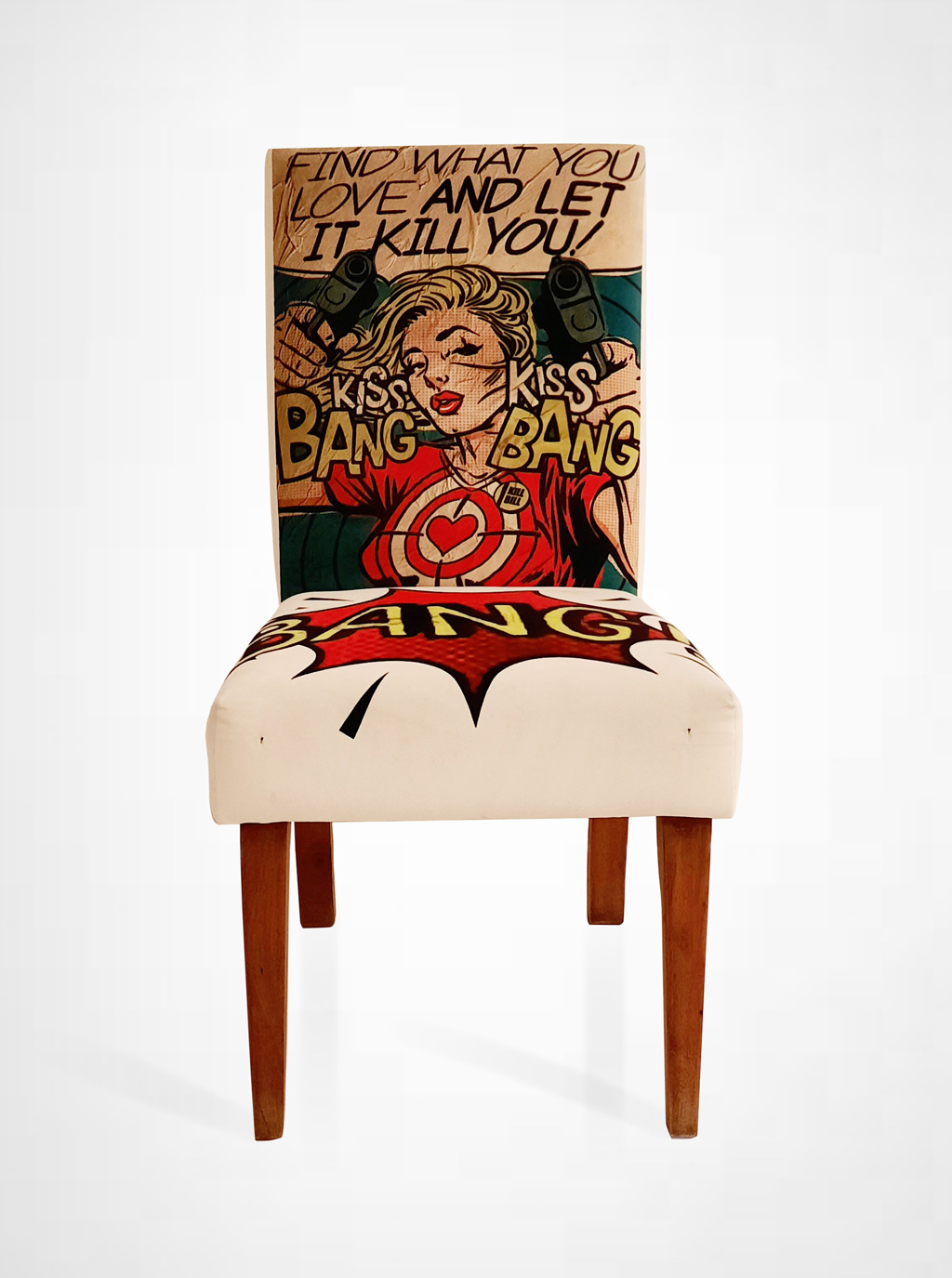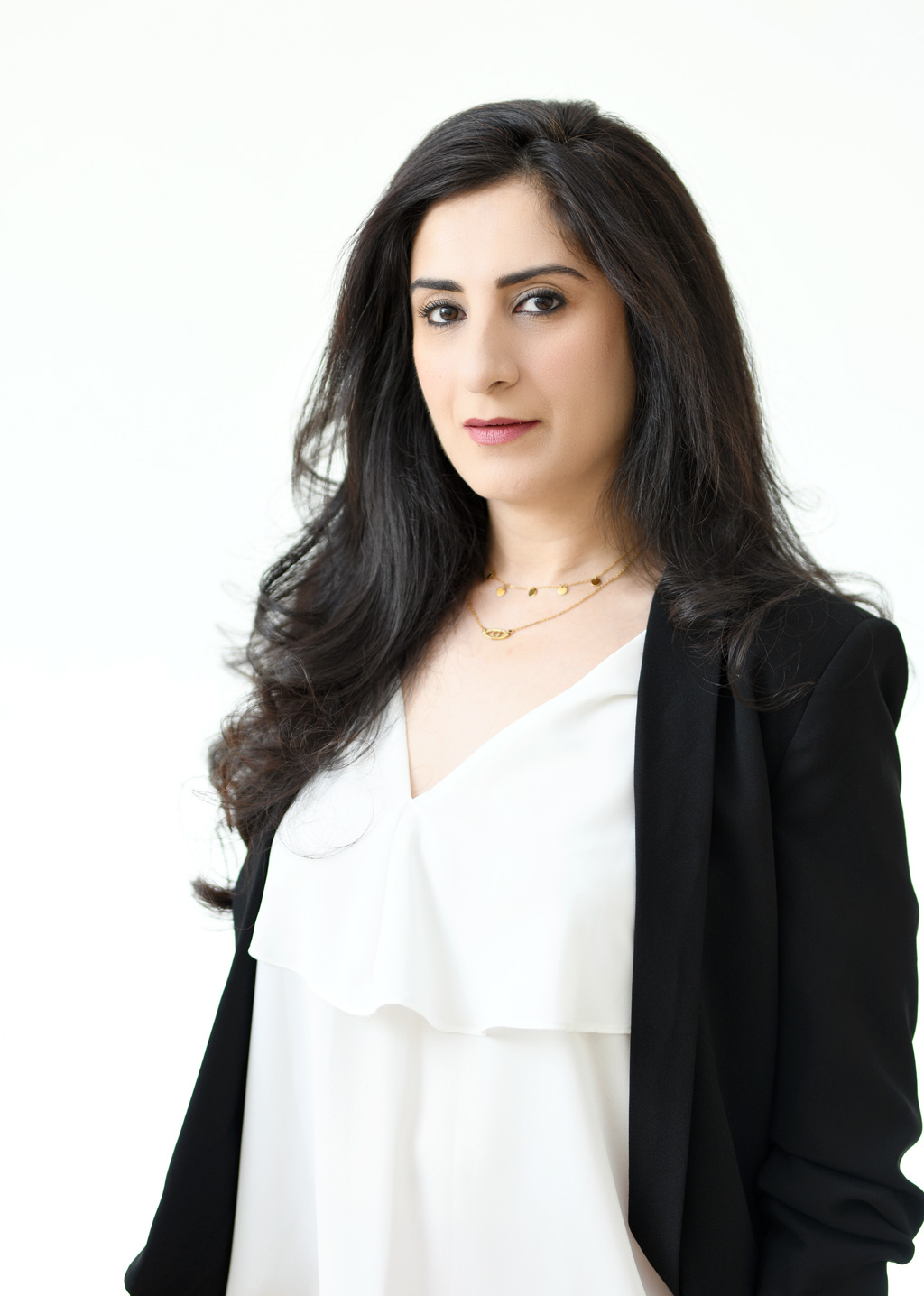Chair with Bukowski Quote
I was living comfortably in a mid-town apartment in Manhattan, a fresh grad out of design school and working at a well reputed architecture firm. But yet something was just not right. At the time I didn’t know how to describe it, but what I was feeling was a kind of restless boredom. “Is this it? Is this the next 30 years of my life?’’
I decided I needed a fresh start. I sold whatever little I owned and left the life I had built for myself over the last 5 years in NYC and decided to move back home to Pakistan.....
While the pandemic taught us that life is fragile- a chair I designed for my home a few years back, with a quote by Charles Bukowski, became a reminder to embrace each moment.
“My Dear, Find what you love and let it kill you. Let it drain you of your all. Let it cling onto your back and weigh you down into eventual nothingness. Let it kill you and let it devour your remains. For all things will kill you, both slowly and fastly, but it's much better to be killed by a lover.”
The chair is a constant reminder to me that the energy we have is finite and precious. I have a choice to live a life that is filled with ‘what ifs’ or I can pour my energy into things that bring me happiness and make my life more meaningful.
Meherunnisa Asad
Lél A couture stone studio with its design collections handcrafted from semi-precious stones and marble was founded by Farhana Asad two decades ago and is now run in collaboration with her daughter Meherunnisa Asad. Under the creative direction of Meherunnisa – a conservation architect and graduate of the Pratt Institute Graduate School of Fine Arts – master artisans possessing outstanding skill and a passion for preserving traditional craft techniques handcraft each unique piece. The team of artisans comprises local Pakistani craftspeople and refugee artisans displaced by the Afghan conflict to neighbouring Pakistan. Lél’s designs straddle both past and present, and are the result of a wide range of diverse and thoroughly researched influences: from exquisite floral patterns that evoke Mughal miniatures to the ornamental in Islamic architecture. Lél expertly contemporises pietra dura stone inlay with other decorative techniques such as silver cloisonné, the French decorative technique that uses metal thin strips to separate stone or enamel inlay, and the Italian scaglioli, a composite now commonly known as ‘resin’. These artworks are then often placed on contemporary furniture forms. Lél is simultaneously dedicated to the preservation and progression of stone inlay, ensuring the art form is not forgotten, but also pushing forward its contemporary evolution. Lél’s palette includes a wide range of semi-precious stones: Onyx, Jasper, Ammozonite, Agate, Jade, Serpentine, Sandstone, and coloured marble: Mardan pink and Ziarat white sourced from the mountains of Pakistan. From further afield, Lapis Lazuli comes from Afghanistan, Malachite from South Africa, and Turquoise from Iran.
Production has continued at Lél’s Peshawar base, even during the height of the Taliban insurgency in the early 2000s when bomb blasts rattled the studio windows. “All of us lost a friend or relative at that time. But the work became a way of pushing back, changing the narrative. To conserve an ancient art in violent times is a therapeutic experience,” says Meherunnisa.
Lél has featured in some of the leading international art and design publications with clients spread across the globe.
Meherunnisa Asad
After graduating with a bachelor’s degree in Architectural Design from the National College of Arts in Pakistan, Meherunnisa Asad studied at the Pratt Institute Graduate School of Fine Arts in New York where she received a masters. Returning to Pakistan, she worked as an architect on the Conservation of the Lahore Walled City at the Aga Khan Historic Cities Program. Inspired by her work in conservation, Meherunnisa realised the importance of preserving the traditional arts, and in 2010 began training with her mother Farhana to learn the art of handcrafted pietra dura or stone inlay, the art form Farhana had been working to conserve for over two decades.
Meherunnisa continues to explore the convergence of her passion for the preservation of historic architecture with that of preserving classical traditions of the decorative arts. Through this convergence, she seeks to experiment and build bridges between contemporary creative styles and traditional craft techniques, all in an effort to showcase the wonders of natural stone.



